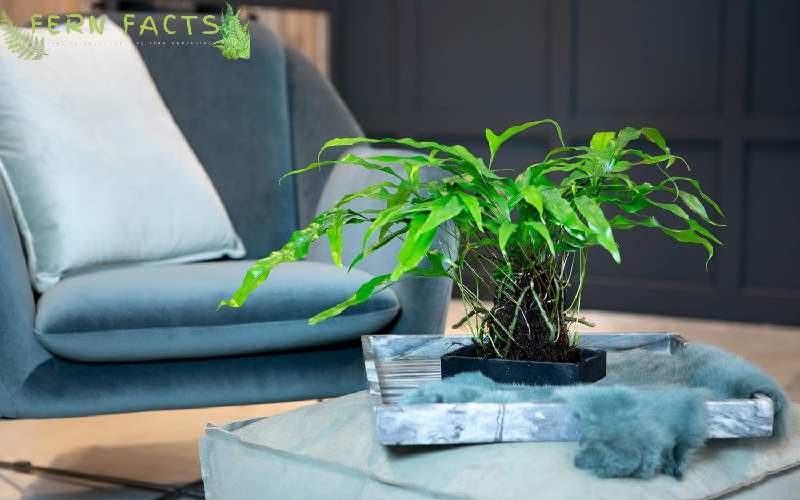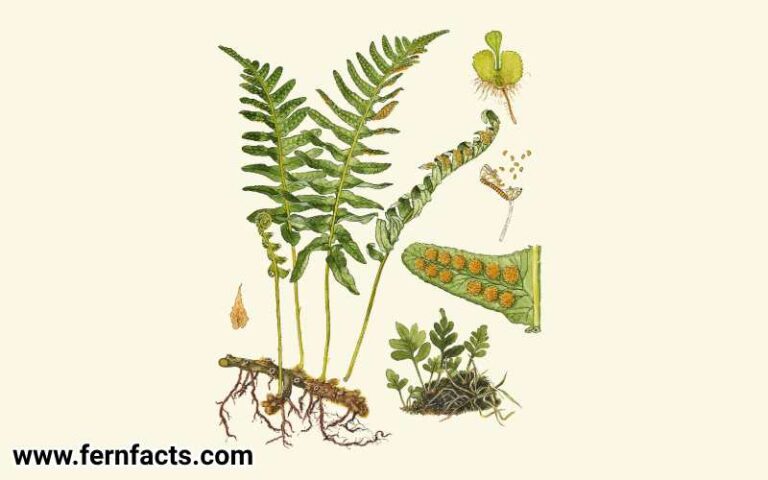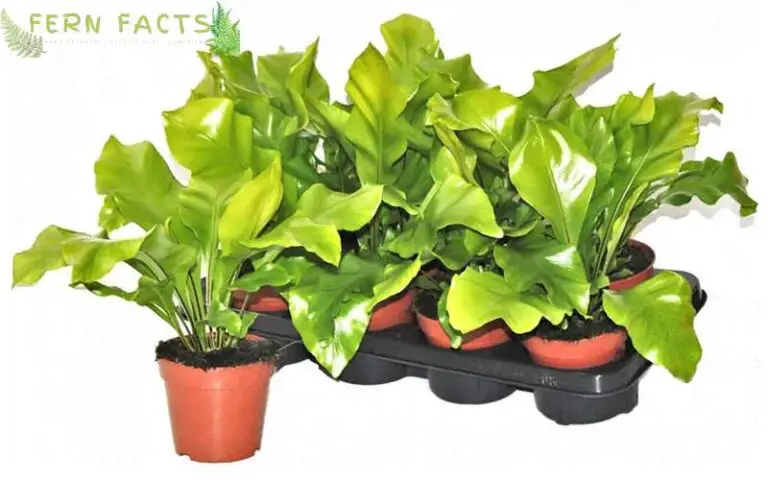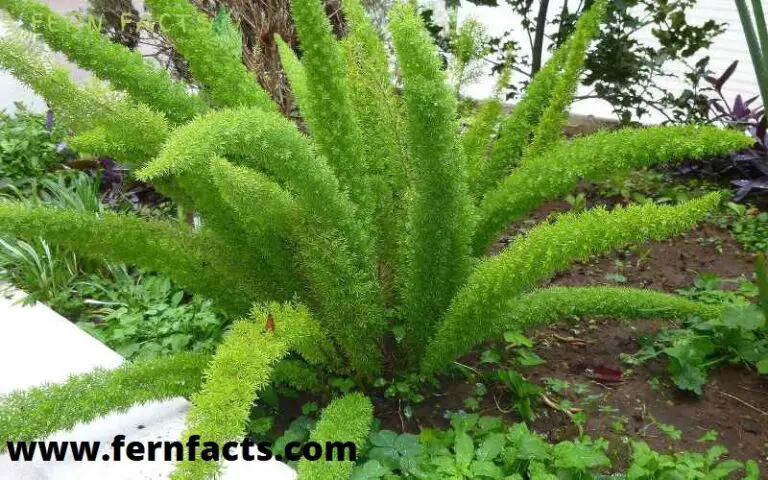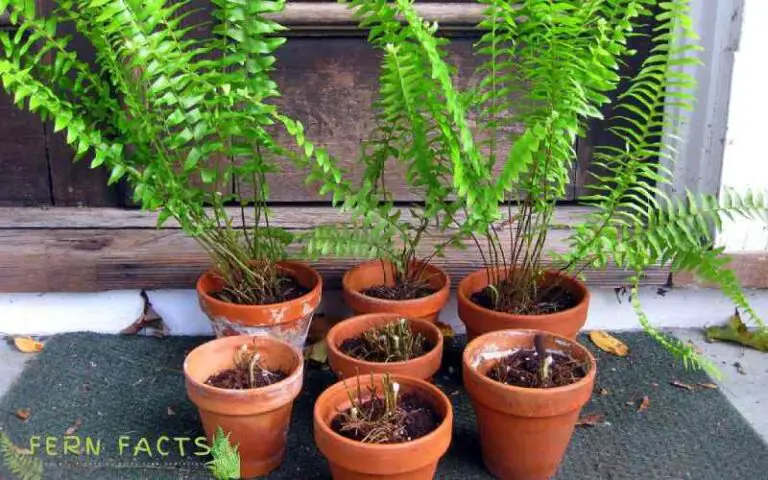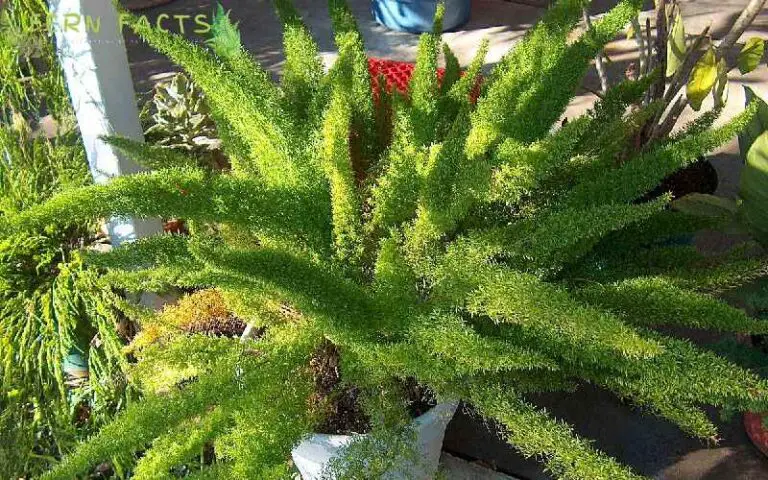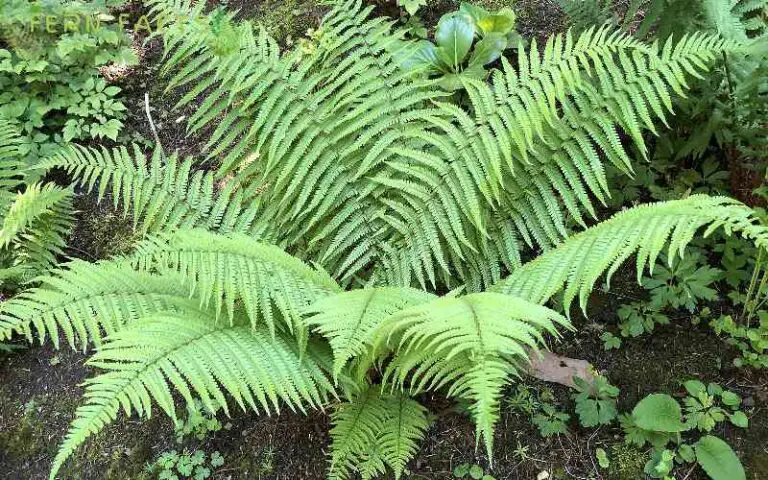How to Care for a Kangaroo Fern
Have you heard about kangaroo fern? Or kangaroo foot fern? Well, this is one of the common ornamental ferns to grow and plant.
Because of their easy maintenance and growing tendency, it’s become the most popular ferns among other species.
If you also want to grow these ferns at your house, then read this article. In this article, I’ll give you an overall grasp about kangaroo ferns and their characteristics.
Besides, I’ll also talk about their planning requirements, potting, propagation and a few common problems with solutions of these ferns. So, keep an eye on this to know in depth details.
Overview of Kangaroo Fern
- Botanic name: Microsorum diversifolium
- Common name: kangaroo paw fern, Kangaroo foot fern
- Plant: Evergreen
- Family: Polypodiaceae
- Native range: eastern Australia, New Zealand
- Native habitats: tropical forests, open subalpine environment
- Shade: partial shade to full shade
- Height: around 0.5 m
- Temperature: 65 to 75°F
- Soil: acid or neutral (5.6-6.0) Moist, well-drained.
- Hardiness zone: 9,10,11
- Toxicity: non-toxic
Kangaroo ferns are mostly named because of their closer resemblance to Kangaroo foot-shaped fronds.
These Kangaroo ferns are mostly native to eastern Australia and New Zealand. Apart from their native region, these ferns are also widely visible in southeastern Queensland, New South Wales, Victoria, Tasmania and Antipodes Island.
In those countries, they usually have habitats in tropical forests which are more likely to open subalpine environments.
These tropical plants prefer dappled shade with a humid atmosphere. By their long, creeping rhizome they can climb up to any substance like rocks, walls, growing plants fallen logs, etc.
Usually, their rhizomes have gray to greenish color. Besides, the textures of their fronds are usually leathery thick, and Wavy formation. Their glossy shiny green fronds can reach up to 5 to 50 cm in length.
In their native habitats, these kangaroo ferns can grow around 1.2 m or 120 cm in height by maintaining an average height of 30 cm. Also, the sori (spores) of Kangaroo ferns tend to grow around 45-62.5 μm in height and 20-32.5 μm in width underneath the fronds.
Additionally, they are an amazing choice as bathroom plants as well as non-toxic plants. So you can easily plant and grow these ferns in your house.
Kangaroo Ferns’ Growing Conditions
Now let’s find out the primary growing conditions of these Kangaroo ferns.
Lighting
Kangaroo ferns are fond of indirect sunlight; meaning a partially bright place to be fully shaded would be an ideal condition.
Try to avoid keeping them under direct sunlight which can burn their fronds. Just place them in a north-facing window in order to provide brightness, not direct sun exposure.
For outdoor Kangaroo ferns, plant them under canopies or shaded places. Direct midday sunlight would be harmful to them
Soil
Kangaroo ferns prefer moderate acidic humus soil to grow. Thud, try to make soil with rich proponents. Besides, the soil should be well drained because poorly drained soil could lead your ferns to have many unwanted diseases.
Thus, try to make rich humus moderately acidic soil for your ferns. To make the soil rich, you can mix organic compost, peat moss, perlite, leaf mold, coconut coir, vermiculite, etc.
All these minerals will increase the soil texture and give you high-quality potting soil which will provide sufficient nutrients to your plant.
Water
These ferns prefer wet, humid, and moist soil throughout the year. Thus, try to keep them well-hydrated and moist. Don’t let the dry out completely which might be affecting your kangaroo fern.
Similarly, do not overwater your plants, it can rotten their roots. Even the outdoor ferns you need to water them if your soil feels dry. For watering your kangaroo fern, water them thoroughly to the bottom. Let’s make sure all the water gets drained out properly. Otherwise, standing water can give your plants rotten roots. On average, water your plants once a week or twice a week according to the environment.
Temperature and Humidity
Kangaroo ferns prefer a 65 to 75° F atmosphere for their growing condition. Additionally, they also prefer humid and moist environments. Excessive dry environments can affect your plants.
If the humidity drops below, then their fronds will not be any more green and thick. Thus, to have healthy, bushy green, and thick kangaroo ferns try to balance the humidity around them.
For increasing humidity, you can use a pebble tray or humidifier to balance the ideal humidity around your ferns.
Fertilizer
As for fertilizing purposes, you can trust liquid fertilizer or water-soluble all-purpose plant foods to keep their nutrition in the soil. Try to use fertilizer in their growing seasons which will boost their growth.
Alternatively, you can also use a homemade organic fertilizer such as banana peel, coffee grounds, eggshells, etc. These organic composts will also work as assets to develop their growth.
Simply, feed your plants once a year to increase their growth. By the next year, you will have healthy bushy, and thick Kangaroo ferns at your home.
Potting Process of Kangaroo Ferns
For potting and repotting purposes, just follow the steps given below:
- Choose a pot deeper shallow container that is at least 2 inches bigger than the previous one.
- Fill the pot with your new mixer soil with leaf mold, coconut coir, and organic compost.
- Then, remove the main plant from the previous pot
- Afterward, remove the soil from the edges and hold the rootball
- Then replant the root ball in the new pot and fill the pot with your new potting soil.
- Lastly, water your plants to give them proper hydration.
Propagation of Kangaroo Ferns
Well, you can propagate your kangaroo ferns in two ways. The 1st one is the spores-collecting process and the second one is the division process. Let’s see those processes here.
Division Process
You can easily grow an abundance of plants by dividing the roots of your kangaroo fern. The best time for propagation is in the mid to late springtime.
During the late spring seasons, dig up the whole plant from the pot or ground. Preferable, if you can wear gloves before propagation.
Then you need to divide the roots from the main plants with any trowel or knife. Prepare new potting soil by adding organic matter, leaf mold, coconut coir, etc in half portions.
Then plant the section into the new pot or yard. Try to ensure each part has the same sort of roots before you plant them. Finish this process by pouring water on them.
After replanting your ferns, try to locate them in a partially shaded place until you see some new growth in your ferns.
Spores Collection Process
For this method, you need to collect any mature plants which have new spores underneath the fronds. Take a white paper to collect the spores from the fronds.
Simple Just tap or flick the fronds with your finger slightly and let spores fall onto your paper slowly. Keep the paper aside and prepare the soil. For mixing x the soil with rich organic matter like lead mold, coconut coir, organic compost, etc with equal amounts.
Then take the paper and spread the spores on the soil. make sure the spores don’t get direct sunlight because it can burn the spores. Try to cover the spores with plastic wrap which will maintain the hydration.
Try to hold the moisture as well. Within a few weeks, you will spot a green structure coming through from the soil surface of the ground if the process has been done successfully.
When you observe the first shoots, let it be a little stable. After a few days, replant the established shoots into a pot or container while maintaining the daily routine.
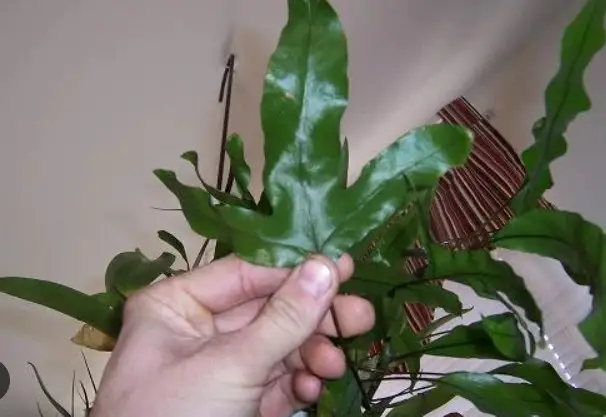
Kangaroo Ferns Common Problems and Solutions
Likewise, like many other ferns, these kangaroo ferns are also very sensitive ferns. While growing them you must observe a few common issues and problems of these ferns. Let’s see those problems and solutions all together.
Yellow Leaves
Kangaroo ferns tend to have frequent yellow leaves during their growing cycle. The main cause might be overwatering. Sometimes, overwatering can turn the fronds yellowish color.
To reduce your ferns’ yellowish fronds, balance the watering techniques. Don’t overwater your ferns. To have a clear understanding, you can use the thumb technique while watering your plants.
It will give you an overall grasp of the watering techniques. Similarly, try to use well-drained soil which will not cause any waterlogged situations.
Pests Problems
If you observe your kangaroo ferns getting dark bumps on their fronds and stems, then probably your ferns are attacked by scale insects.
In such cases immediately Isolate your infected plants from other healthy plants. Give them pesticides, and insecticidal soap. You can also use neem oil or Horticultural oil to terminate pest problems.
Rotten Roots
Again, it’s a sign of overwatering your plants. This can give your plants rotten roots. If you see Soggy and black rotten roots that have such a weird smell, then your plant’s roots are already starting to rot.
In such cases, repot your ferns with new potting soil. Treat the plants with bacterial fungicides to cure them.
Dropped Leaves
If you notice your whole plant’s leaves dropping or collapsing, then there might be a lack of oxygen in your plants. Make sure the soil is well moist and not overlooked with water.
Sometimes overly soaked soil cannot surpass the oxygen throughout the plants.
Crispy or Burned Fronds
Well, it’s another sign of inadequate lighting. If you observe your plant’s fronds getting burnt or curled, then probably they are getting excessive sun rays.
That’s why their fronds are getting curled and crispy. To reduce this problem, shift your ferns to a full shade to a partially shaded place.
Wrap Up
At last, kangaroo ferns are dedicated green lush ferns that are an amazing addition as ornamental plants. In order to grow these ferns, just provide them with their ideal condition to thrive.
Similarly, you can also boost their growth by repotting and propagating these ferns by following the above-mentioned guidelines.
However, you might face some challenges while growing these ferns as they are sensitive to some common issues like yellow, burnt, crispy leaves, rotten roots, and dropped leaves.
Still, you can treat all these problems and give them a thriving life at your home.

